Looking to heal your gut? The Microbiome Diet promises to seriously benefit your belly—but does it work? I tried it for 21 days to find out.
Over the past few months, I’ve been looking for ways to revamp my diet to beat fatigue, brain fog, and a general feeling of heaviness. (TMI alert: While I was prone to poobris in years past—that is, hubris pertaining to my poop quality—these days, my BMs aren’t quite as impressive as they used to be.) That said, I’m picky about diet plans. The ones I’ve tried in earnest in the past are ones that allow for a modicum of freedom, including Weight Watchers and intermittent fasting—the latter of which I’ve been practicing for the past 18 months.
With that in mind, when I heard about the Microbiome Diet, I thought it was very much up my alley given its relative flexibility, emphasis on eating more gut-friendly foods (versus restricting food intake on the whole), and its purported ability to heal my wellness woes through gut restoration.
Below, I’ll get into the basics of this gut-first diet plan—including which foods are and aren’t permitted—as well as my Microbiome Diet review.
Why Try the Microbiome Diet?
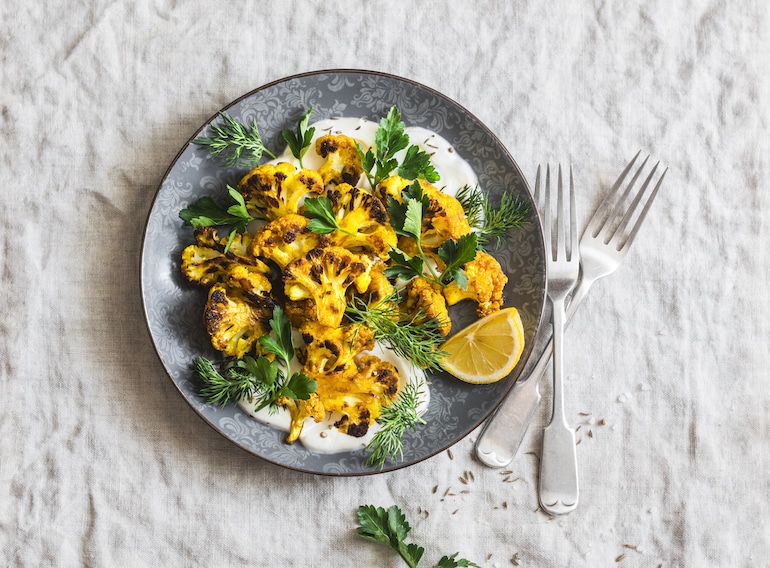
Given my work as a wellness writer, I’m well aware of the benefits of a balanced gut microbiome. Not only can gut balance support healthy digestion, but it can also yield improvements in skin, mood and cognition, and so much more. As a 2019 review in the medical journal Nutrients summarizes, “The gut microbiome plays an important role in human health and influences the development of chronic diseases ranging from metabolic disease to gastrointestinal disorders.” And this only scratches the surface of how crucial gut health is for overall well-being.
Essentially, a balanced gut is one that’s diverse, high in good (friendly) bacteria, and low in bad (pathogenic) bacteria. Naturally, diet is a major factor in how balanced and resilient your gut microbiome is. “Nutrition has profound effects on microbial composition, in turn affecting wide-ranging metabolic, hormonal, and neurological processes,” according to a 2020 medical review. In this regard, nutrition choices can either help or hinder gut health: While the likes of probiotics and fiber (among many other nutrients) are known to boost gut health, items such as sugar and processed foods—which are all too common in the Standard American Diet—can lead to issues for your gut and greater well-being.
With this in mind, the idea of a more structured plan that laid out exactly how to get belly benefits was appealing to me, so I tried the Microbiome Diet. Here’s what happened.
How the Microbiome Diet Works
The Microbiome Diet was created by Raphael Kellman, MD, an internist and functional medicine physician. His 2015 book sharing the ins and outs of this diet plan has maintained a steady following in the years since publication and boasts many five-star reviews—with praises ranging from “a gem for your health” and “fascinating science” to “nothing short of miraculous.”
The Microbiome Diet is based on what Dr. Kellman calls “the four R’s”:
- Remove foods that interfere with healthy microbial balance, as well as allow parasites and bad bacteria to thrive
- Replace the stomach acid and enzymes you need to effectively break down food
- Reinoculate with probiotics (good bacteria) and prebiotics (which feed probiotics)
- Repair the gut wall and intestinal lining via nutrients that reduce inflammation, restore gut integrity, and re-establish intestinal balance
The full Microbiome Diet entails three stages:
- A 21-day elimination diet
- A four-week metabolic boost plan with 90 percent compliance and more approved foods
- A lifetime tune-up with 70 percent compliance and even more flexibility
I decided to try the first phase of the diet, which is the most restrictive. Read on to see what happened.
Foods to Avoid on the Microbiome Diet
Foods to remove for the first stage of the Microbiome Diet include:
- Processed and packaged foods
- All sugars, high-fructose corn syrup, and artificial sweeteners (except Lakanto)
- Dried fruit, canned fruit, and juices
- Trans fats and hydrogenated fats
- Gluten
- All grains
- Dairy (except butter and ghee)
- Soy (except soy lecithin)
- Eggs
- Processed meat
- Peanuts and peanut butter
- Canola oil and cottonseed oil
- Potatoes, sweet potatoes, and yams
- All legumes (except chickpeas and lentils)
- Iceberg lettuce
In the book, Dr. Kellman goes into greater detail as to why each of these items gets the no-go, but common reasons include the possibility to drive inflammation, feed bad bacteria, and trigger food sensitivities and adverse reactivity. Don’t panic—some foods such as eggs can be reintroduced in the diet’s later stages.
Foods to Prioritize on the Microbiome Diet
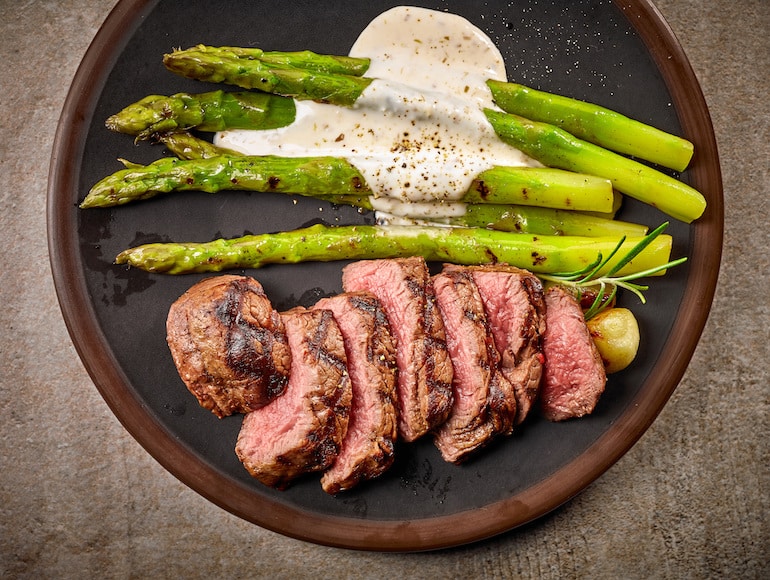
Dr. Kellman advises buying organic whenever possible to avoid pesticide exposure and its potentially negative effects on your gut and greater health. One of the things that makes the Microbiome Diet unique is the emphasis on eating what Dr. Kellman calls “microbiome superfoods,” which include:
- Natural probiotics via fermented foods like sauerkraut and kimchi (and later kefir and sheep’s or goat’s milk yogurt)
- Natural prebiotics like asparagus, carrots, garlic, Jerusalem artichoke, jicama, leeks, onions, radishes, and tomatoes
- Nutritious spices, including blood sugar-balancing cinnamon and anti-inflammatory turmeric
In addition, foods that get the green light on the Microbiome Diet include:
- Proteins: grass-fed beef, chicken, low-mercury fish, shellfish, and lamb
- Vegetables: including those from the list above, and many others such as beets, cauliflower, celery, cucumber, dark leafy greens, and eggplant
- Select fruits: apples (only one daily), avocado, berries, cherries, coconut, grapefruit, kiwi, nectarines, orange, and rhubarb
- Select nuts and seeds: almonds, Brazil nuts, nut flours, and walnuts
- Select fats: Butter, ghee, unsweetened coconut milk, and coconut oil
- Select legumes: Chickpeas and lentils
A unique selling point of this diet is that there are no designated portion sizes. “This diet is not about counting calories or measuring out portions—it is about healing your gut, rebalancing your microbiome, and restoring your natural sense of hunger and fullness … Focus on pleasure, not measure,” Dr. Kellman writes. This was an instruction I was happy to follow.
Last but not least, coffee is permitted on this diet—which in truth will always be non-negotiable for me—as are wine and beer (hooray!) since they’re fermented. However, Dr. Kellman recommends steering clear of alcohol during the first stage to reduce inflammation and improve gut balance from the get-go.
What I Ate on the Microbiome Diet
One of the biggest selling points for me to try the Microbiome Diet was its emphasis on fermented foods, which I happen to love. I happily stocked my fridge with bottles of kimchi, sauerkraut, and pickled veggies galore, which I snacked on throughout the day and paired frequently with meals.
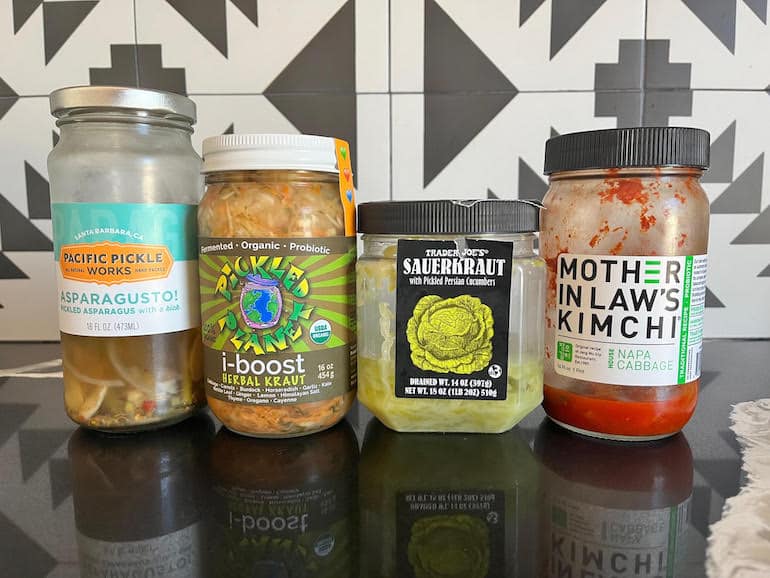
I don’t have much of an appetite while I’m working during the day, so around lunchtime, I’d typically have almonds and unsweetened coconut chips with fruit. When I wanted something richer, I’d make a smoothie with unsweetened coconut milk, beet powder (technically processed, but beets were still approved), spinach, frozen berries, parsley, chia seeds (which don’t look officially approved or disapproved), and cinnamon. I also prepped chia pudding overnight with unsweetened coconut milk, blueberries, and cinnamon.
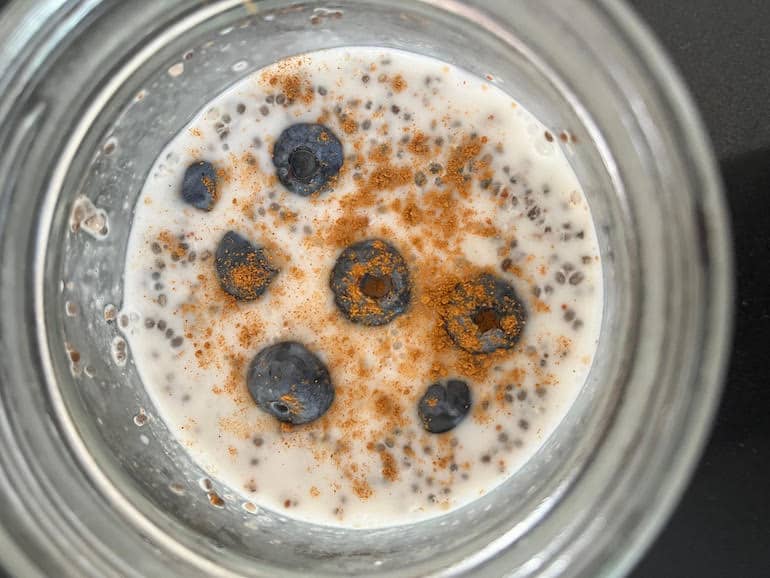
Some of the microbiome diet recipes I cooked up included:
- Grass-fed beef chili with spinach
- Chicken tacos on jicama wraps
- Turmeric cauliflower rice with garlic shrimp
- Slow cooker chicken soup with onions, carrots, celery, garlic, and ginger
- Chicken breast sauteed with ghee and garlic
- Fattoush salad (without pita chips)
- Spicy tomato chickpea soup with kale
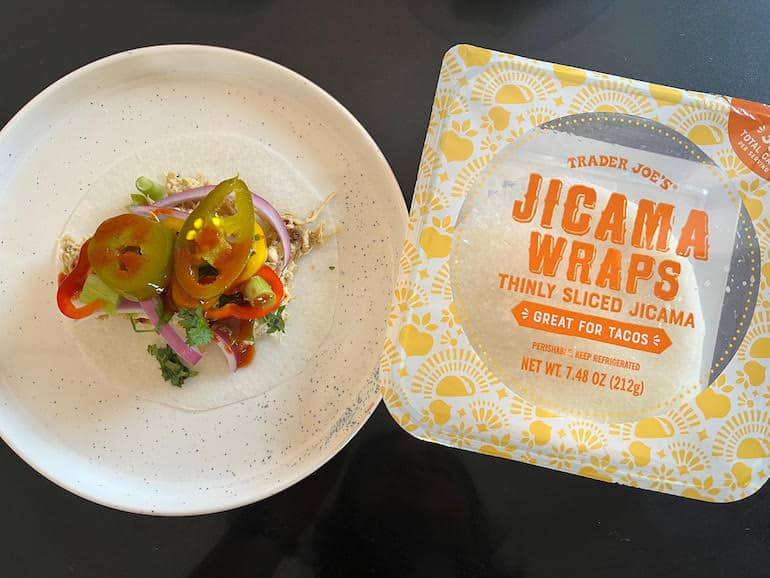

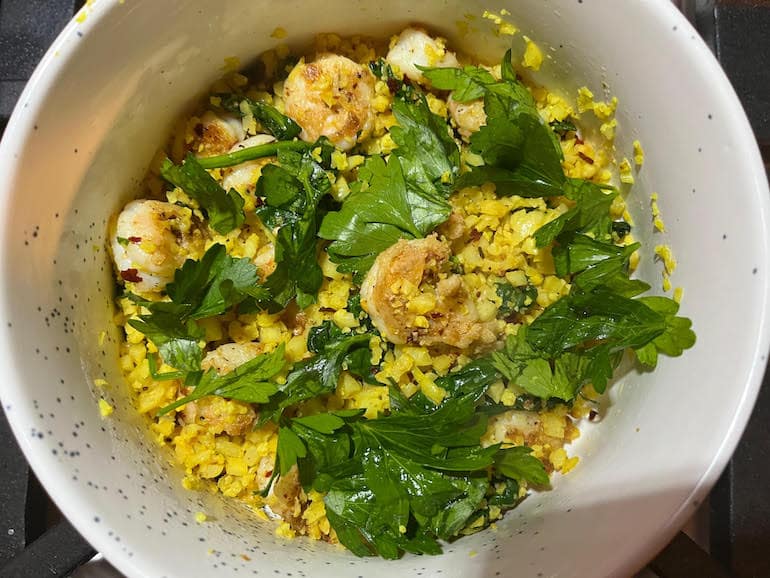
My Microbiome Diet Results
All things considered, I’m satisfied with how the diet went. The biggest pro? It was pretty easy to stick to so long as I ate at home, and I was shocked that I didn’t crave certain snacks that I typically eat often (like tortilla chips to pair with salsa).
I was happy to eat certain dupes of my favorite foods, though I made compromises as necessary. For instance, I enjoyed my organic chicken tacos on jicama wraps—but since I couldn’t find organic wraps, I figured jicama’s status as a “microbiome superfood” was more important. While I typically opt for organic foods, this wasn’t always possible, and I imagine this won’t be feasible for everyone in terms of accessibility and budget. However, I did miss eating certain dishes—many of them Asian such as Korean soybean paste stew, ramen, and sushi—since they contain soy, rice, and other no-go items. This experience made me curious about how accessible the Microbiome Diet can be for those whose cultures are rich in these ingredients and others on the “avoid” list.
The biggest benefit was feeling a bit less heavy in my mind and body, which I presume is credited to eating less refined carbs and sugar and more freshly prepared, nutrient-dense foods. I don’t cook too often, but since it was necessary to do so on this diet, I definitely think I benefited from preparing more fresh and healthy meals than usual. My BMs were a bit more solid, though I didn’t notice any major differences in fatigue or brain fog. (The Microbiome Diet is also marketed as a healthy solution for permanent weight loss. While my weight fluctuated by a pound or two at different points, I ended up clocking in at my starting weight on day 21.)
I wonder if my average results were on account of not following the Microbiome Diet to a T. I tried to go alcohol-free… which lasted until about 10 p.m. on day one. I stuck to one beer daily “as needed” throughout the three weeks, which might have also impacted my final results.
Dr. Kellman also advises taking heaps of supplements I’d never heard of to complement the diet plan—but I got overwhelmed trying to investigate the evidence behind these recommendations, as well as by the hefty price tags for them altogether. Since stress can seriously mess with your gut too, I called it a day after buying oil of oregano to drop into a daily tonic and stuck to a HUM lineup of Skin Squad (probiotics) and Flatter Me (digestive enzymes)—both of which fit into this diet’s larger supplement protocol.
All things considered, I enjoyed trying the Microbiome Diet since I didn’t feel too restricted in my food choices and it forced me to cook more often than I usually do, which is an improvement in and of itself. Did it change my life? No. Did it encourage me to make healthier food choices and reduce my intake of gut-unfriendly foods going forward? Absolutely. I’m happy with the experience, and my gut is too.
